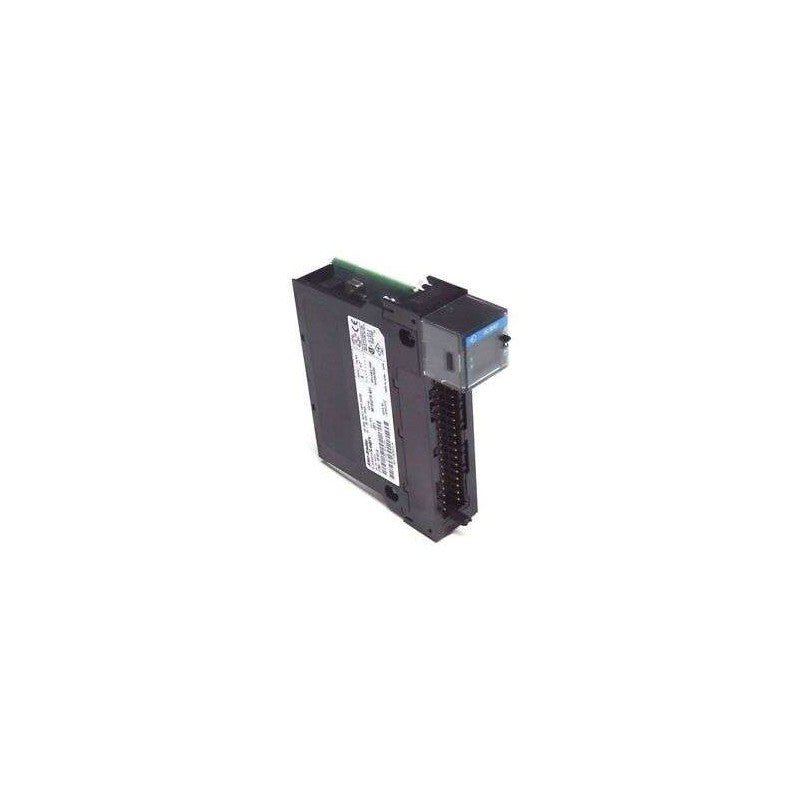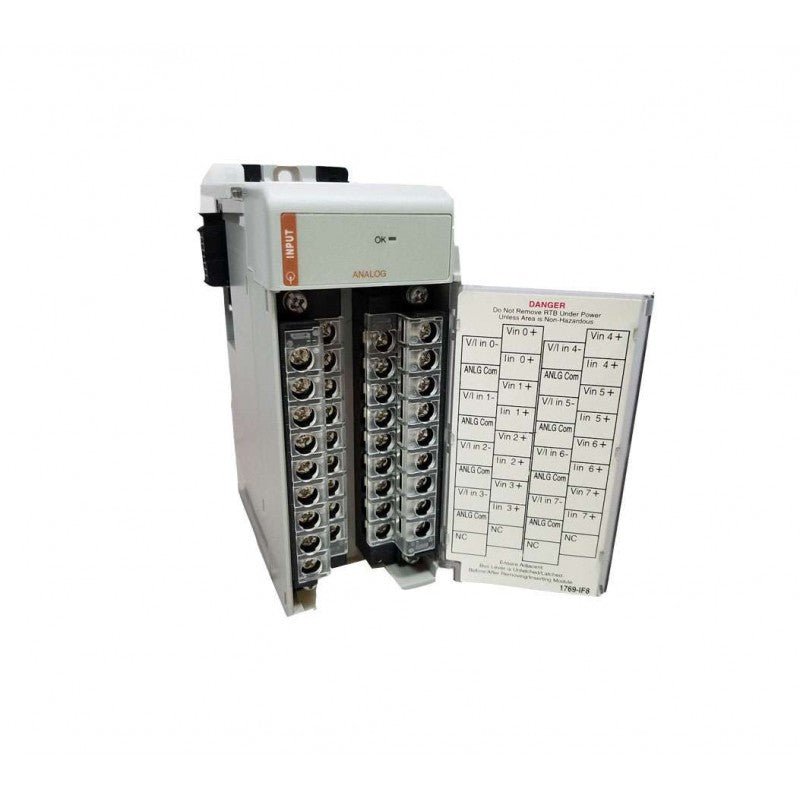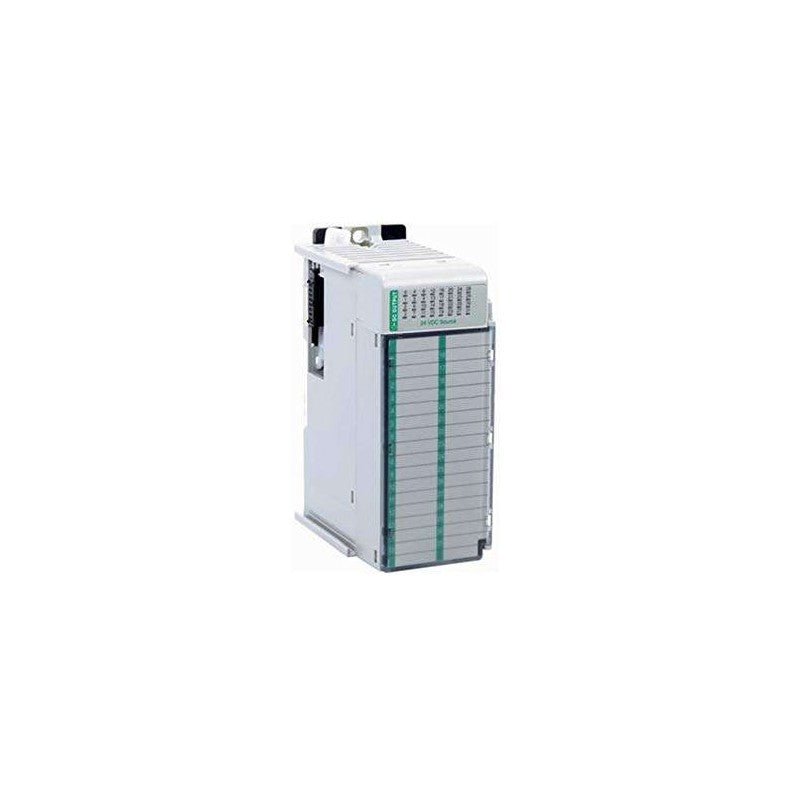1756-IV16 Allen Bradley ControlLogix IO Modules
If you’re in the industrial automation sector, then you’ll know how important it is to have reliable digital systems. Industrial processes rely on a range of components that are highly specific to their needs, and they don’t come any more reliable than the 1756-IV16 Allen Bradley ControlLogix IO Module. This module is a high-performance input/output (I/O) module from Allen Bradley, one of the most trusted names in industrial automation. It has been designed for use in environments that require high levels of performance and reliability, such as process control and motion control. In this blog post, we will explore the features and specifications of this module in detail so that you can make an informed decision about whether it is suitable for your needs.
1756-IV16 Allen Bradley ControlLogix IO Modules
1756-IV16 Allen Bradley ControlLogix IO Modules:
The 1756-IV16 Allen Bradley ControlLogix IO Module is a 16-point input/output module that provides isolated inputs and sinking outputs. This module is ideal for use in applications where there is a need to interface with sensors or other devices that require protection from high voltages or currents. The module can be used with either AC or DC signals, and features LED status indicators for each point.
How the 1756-IV16 Works
The 1756-IV16 is a 16-channel isolated input module for the Allen Bradley ControlLogix system. This module provides 16 inputs that are isolated from one another, allowing for safe and reliable operation in applications where high voltages are present. The module also features LED indicators for each input, so that status can be monitored at a glance.
Benefits of the 1756-IV16
The Allen Bradley 1756-IV16 is a 16-point input/output module that offers various benefits for users, including:
-Compatibility with a wide range of Allen Bradley controllers, making it a versatile option for many different applications
-Isolation between input and output channels, providing greater safety and reliability
-High input/output density in a single module, saving valuable panel space
-Status indication LEDs for each input and output channel, allowing easy monitoring of system status
How to Install the 1756-IV16
The 1756-IV16 is a 16 point isolated analog input module that provides sixteen channels of voltage or current input for the Allen Bradley ControlLogix system. This module is used in applications where input isolation is required, such as when measuring AC or DC voltages. This module offers excellent performance and flexibility, with features such as high common-mode rejection and configurable input ranges.
Installing the 1756-IV16 is simple and straightforward. First, power down the chassis in which the module will be installed. Remove the slot cover from the desired slot and insert the module into the slot, making sure that it is fully seated. Power up the chassis and configure the module using RSLogix 5000 software. That’s all there is to it!
Troubleshooting the 1756-IV16
If you’re having trouble with your 1756-IV16 Allen Bradley ControlLogix IO module, there are a few things you can do to troubleshoot the issue. First, check the status of the module in the RSLogix 5000 software. If the module is not recognized by the software, make sure that it is properly connected to the controller and that the power is turned on. Next, check for any error messages in the software. If there are error messages, make sure that you understand what they mean and take steps to correct the problem. Finally, check the documentation for the module to see if there are any known issues or solutions.













Reviews
There are no reviews yet.